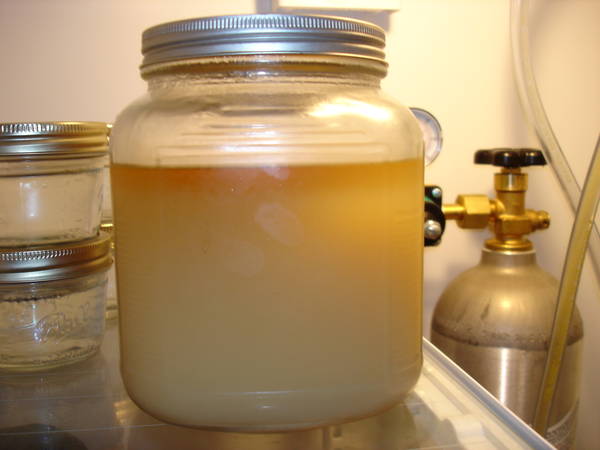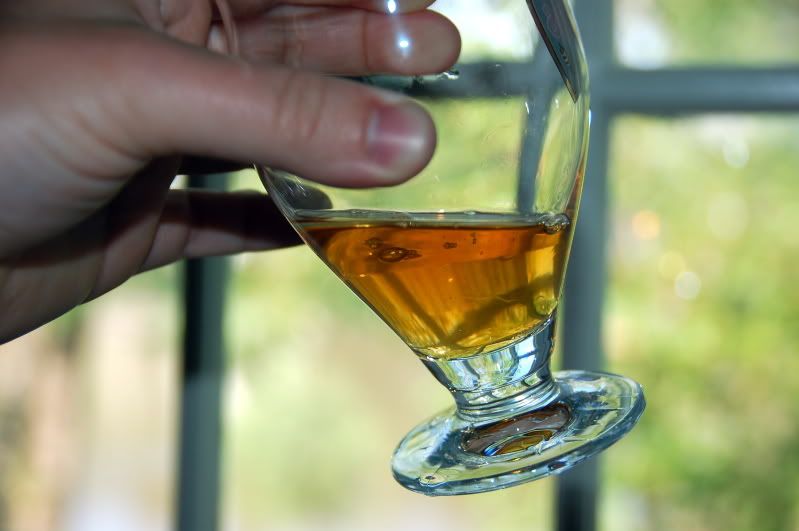killsurfcity
Well-Known Member
- Joined
- Feb 11, 2009
- Messages
- 170
- Reaction score
- 18
I'd try your yeast in a small batch. Try something that is 4-6% abv and hopped about 16 IBUs or less. Bittering only like 60 min.
I did mine in a wheat at 15 IBUs.
The reason I say that is you can isolate aroma and flavor created by the yeast.
Use it in the primary by itself.
thanks, i was thinking of trying it in a bavarian hefe. would that fit the bill? or a wit maybe?







